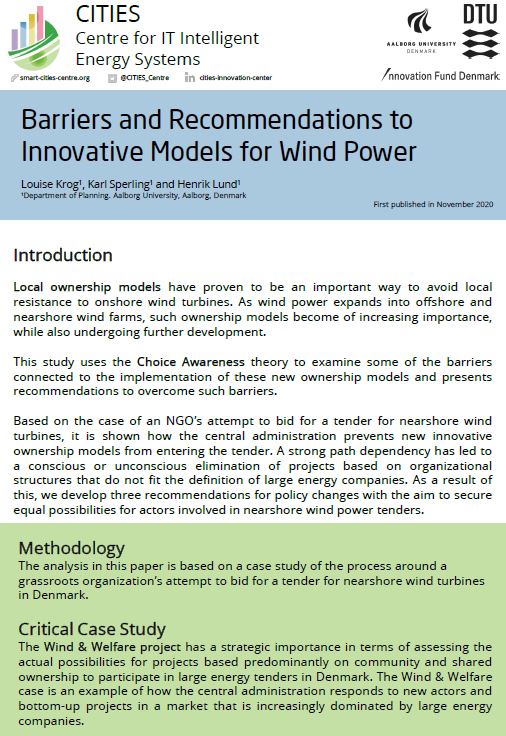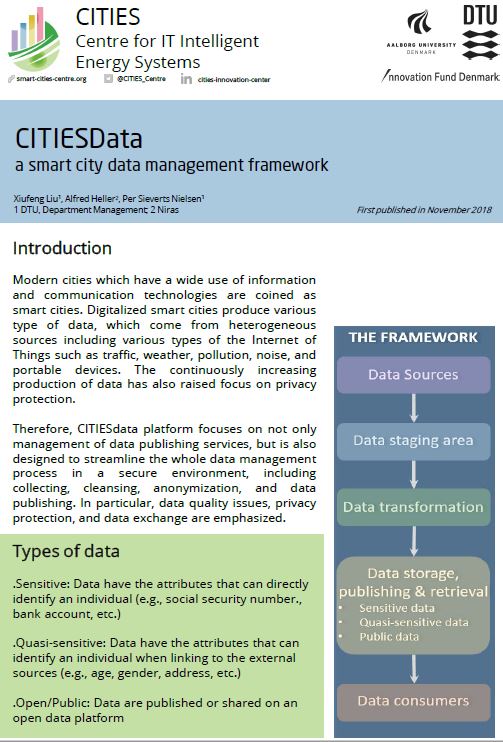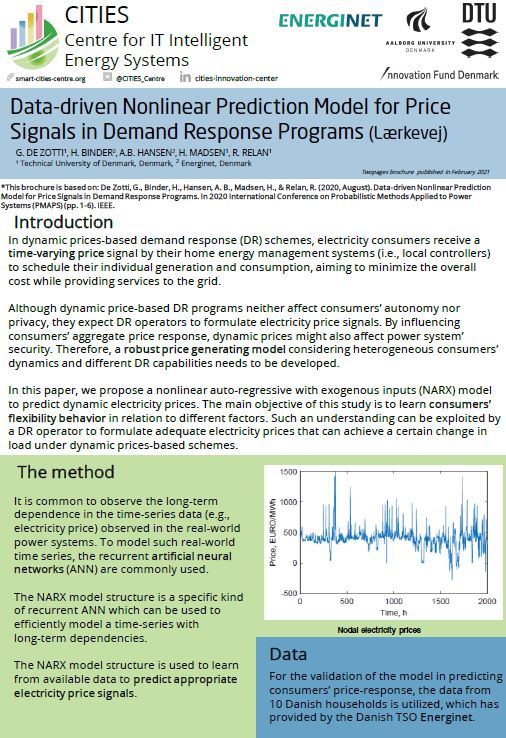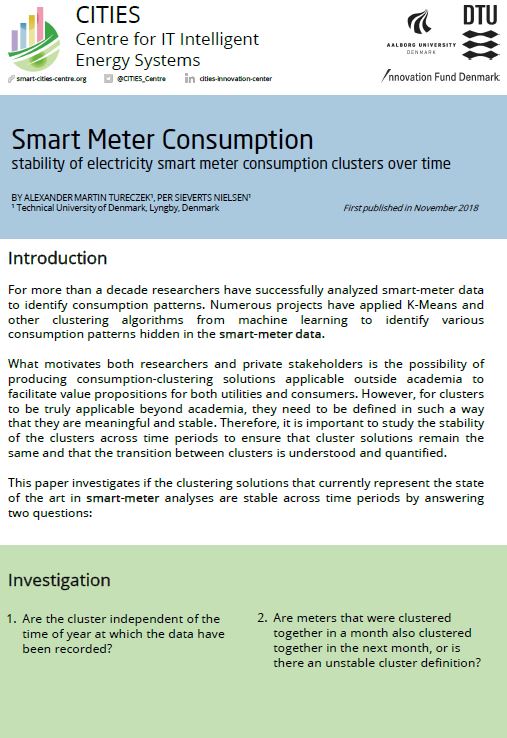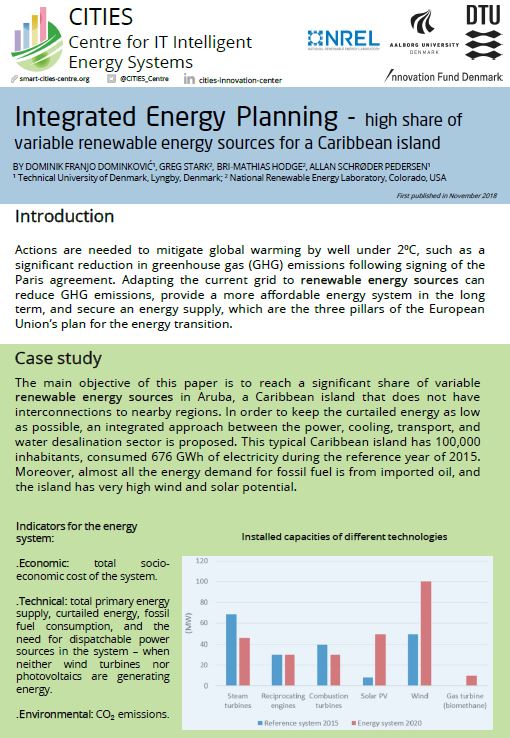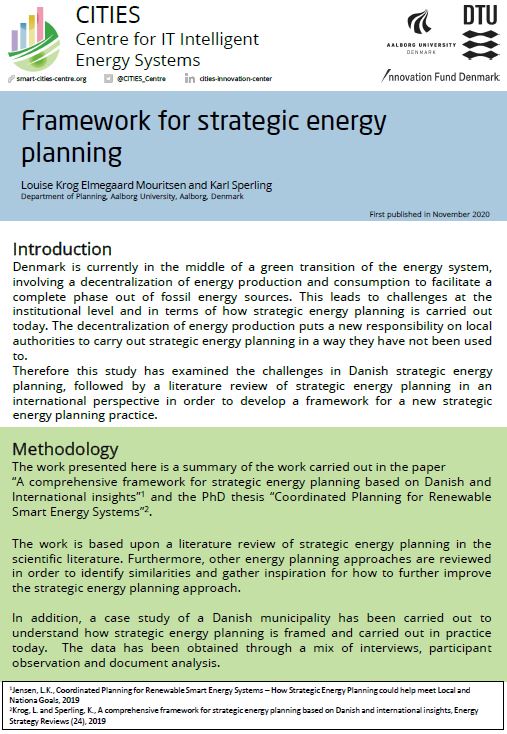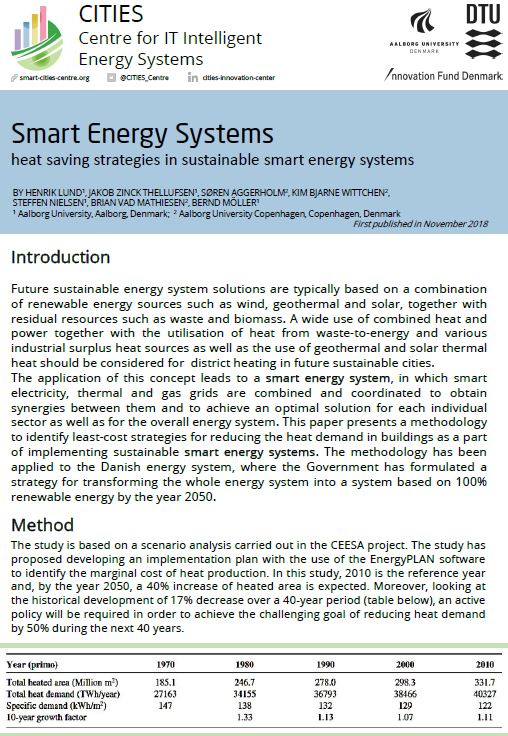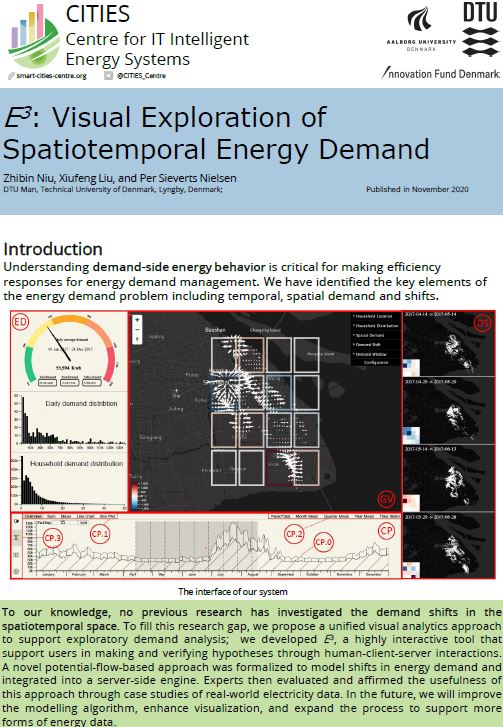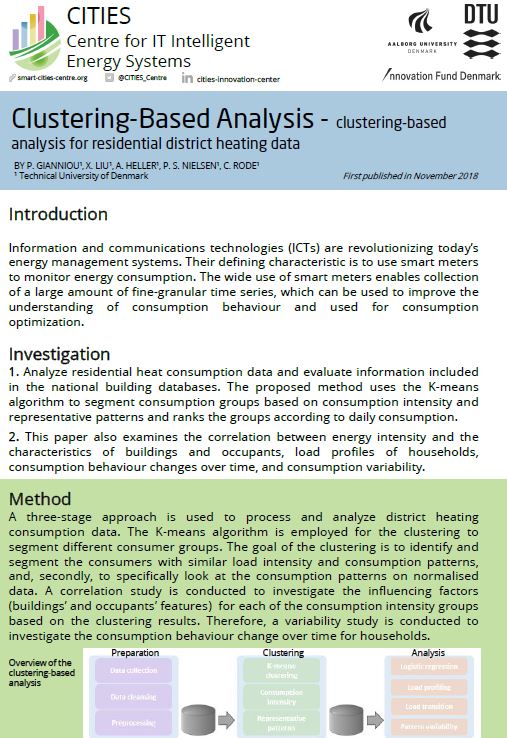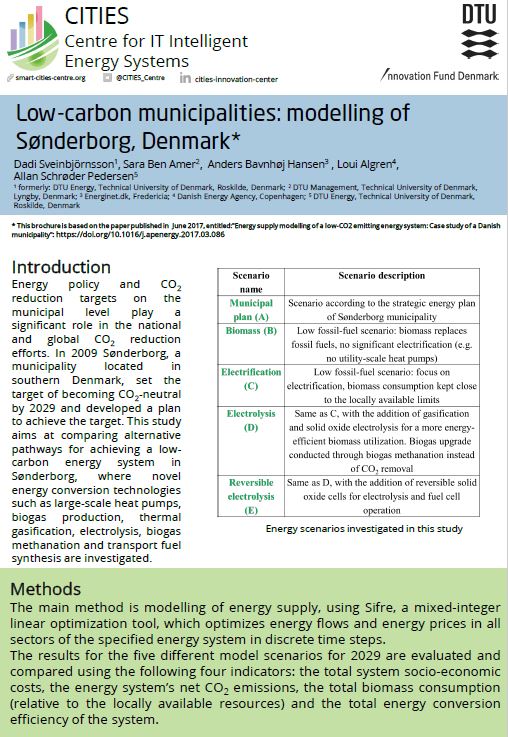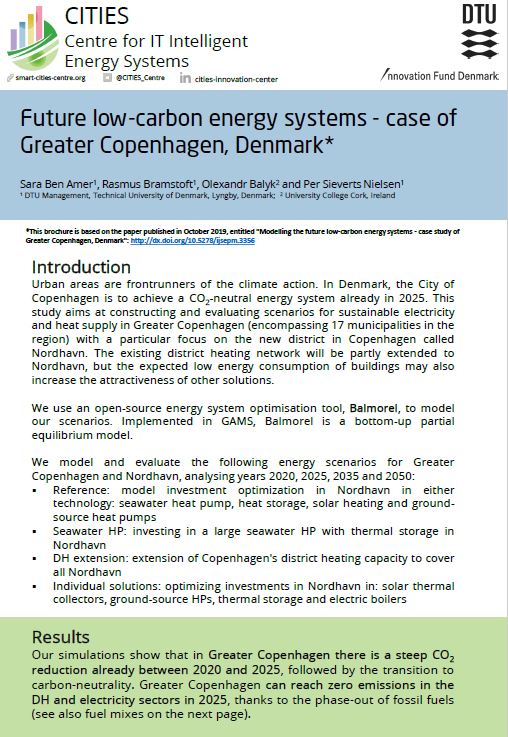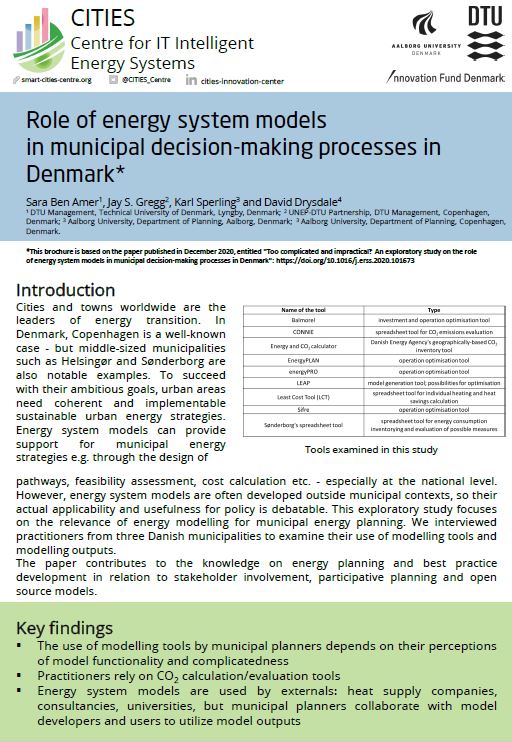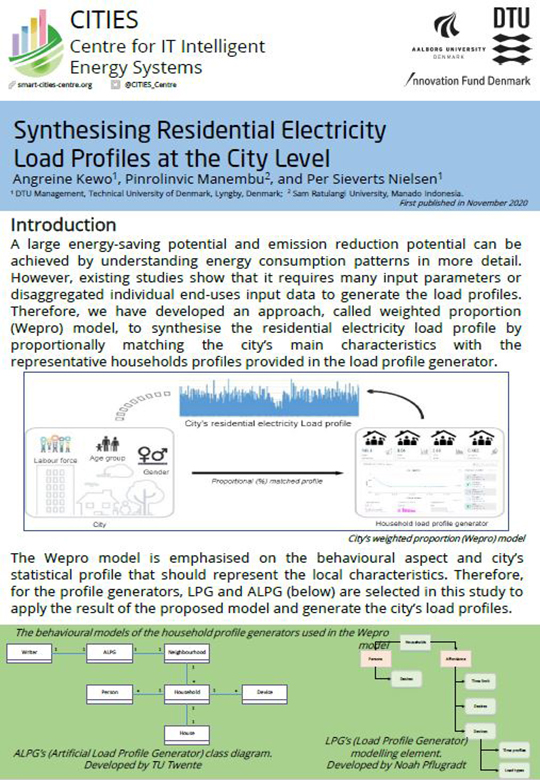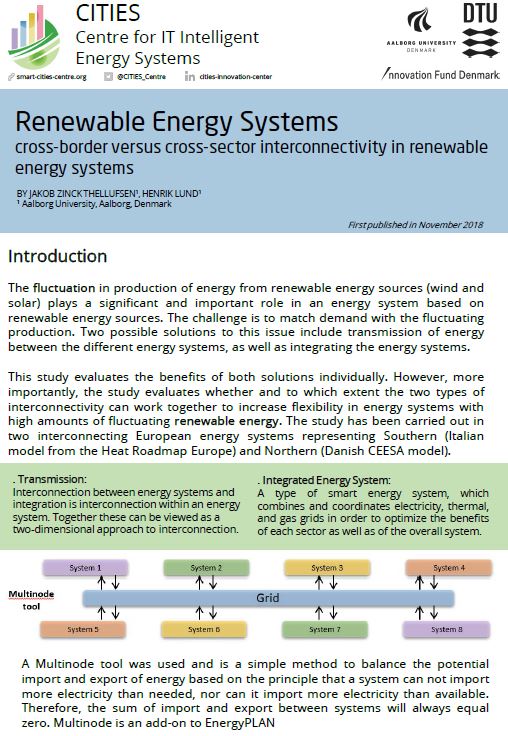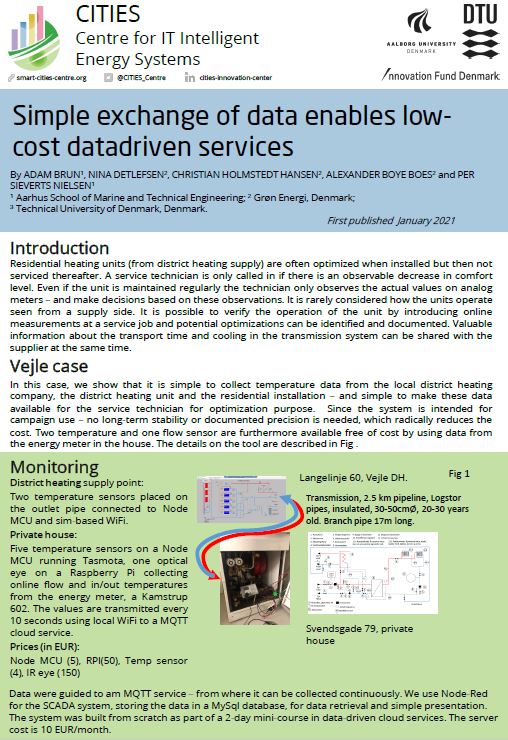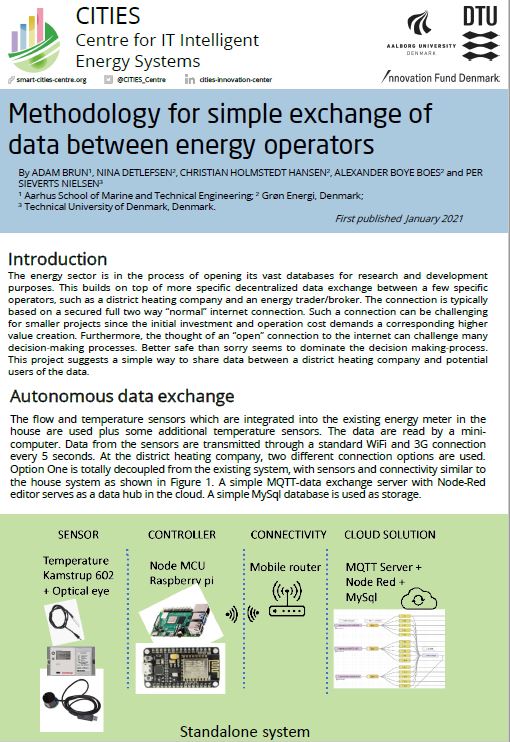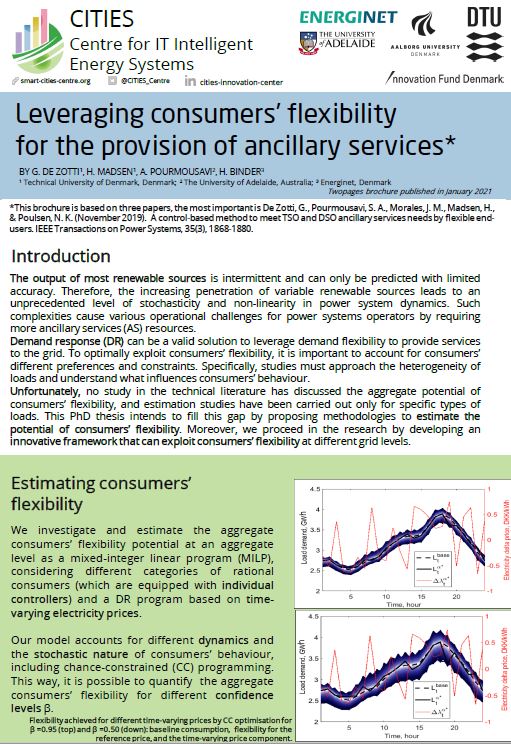Energy System Planning
In CITIES, we have developed a long-term IT platform for simulation as well as planning tools to support decision-making for system integration in the energy system at the urban level, enabling modeling from the city level to the national level or EU-level to assess societal benefits of integrated energy systems management cross-sectorally (electricity, gas, heating, cooling).
One of the main points is that a stronger sector coupling and cross-sector integration in smart city energy systems has to be translated into better coordination between energy sectors and actors in the actual energy planning practice. It is important that, e.g., city planning models are linked with regional planning models and coherency is ensured between the different levels. Short-term flexibility must be properly described in long-term planning models.
The CITIES partners have defined five recommendations: Energy systems planning must be coherent across scales; Investment models should be developed; Cities and municipalities should play a major role; Transparency and democracy should be prioritized; Models and methods for planning must be critically assessed. Are sector coupling and flexibility integrated and modelled properly in long-term planning models?
Learn more in the list below and see the videos.
Flexibility / virtual storage – a keyword
Flexibility / virtual storage is a keyword to green transition in a cheap and effective way and in planning and operation.
To obtain the Danish climate goals for 2030 and 2050 we need to focus on digitalization and sector coupling. Digitization is the link that enables the coupling of energy sources with real-time matching of energy demands and production through data intelligence and IoT devices in integrated energy systems.

In the CITIEs project, we have investigated how much flexibility can help us achieve climate goals.
We note these characteristics for flexibility:
- Flexibility (or virtual storage) characteristics:
- Wastewater systems can provide storage 0.2-6 hours ahead
- Supermarket refrigeration can provide storage 0.5-2 hours ahead
- Buildings thermal capacity can provide storage up to, say, 2-10 hours ahead
- Buildings with local water storage can provide storage up to, say, 2-18 hours ahead
- District heating/cooling systems can provide storage up to 1-3 days ahead
- DH systems can provide seasonal/long term storage solutions
- Gas systems can provide seasonal/long term storage solutions
Simulation and planning for the smart energy system
At CITIES final conference Karl Sperling, Associate Professor and Work Package Manager on CITIES, Jakob Zinck and Louise Krog Elmegaard Mouritsen, Post Doc, Department for Development and Planning at Aalborg University talked about the research in developing long term simulation platform for system planning. Louise has also looked at barriers and recommendation for innovative models for wind power.
Clustering of energy consumption for energy planning
At CITIES final conference Per Sieverts Nielsen talked about the research in clustering of energy consumption for energy planning. In CITIES we have shown, that clustering is very important but also very difficult to use because the cluster changes over time.
Future Electricity Markets
Professor Henrik Madsen: Forecasting for the Green Transition
In future energy forecasting will play a central role in the green transition, when demand follows the renewable power production. In this talk Project Manager at CITIES, Professor Henrik Madsen, describes state-of-the-art methodologies for renewable energy forecasting. He also describes how integrated forecasting across domains (wind, solar, load, prices, …) will become essential.
Recommendations
-
Energy systems planning must be coherent across scales
It is important that, e.g., city planning models are linked with regional planning models and coherency is ensured between the different levels. Short-term flexibility must be properly described in long-term planning models. -
Investment models should be developed
It would be beneficial to establish new investment models that can facilitate local investments in solutions that can unlock local flexibility, e.g., optimizing local consumption of renewable energy productions. One possibility is the use of auction based methods. -
Cities and municipalities should play a major role
It is important to include cities and municipalities in long-term energy planning to make sure that the municipal initiatives and national plans benefit from each other and do not hinder each other. Furthermore, the local stakeholders are often efficient drivers for the green transition. -
Transparency and democracy should be prioritized
The initiatives taken in long-term planning must be transparent and decisions should be made democratically to ensure the acceptance of the decisions and the best outcome for the society. -
Models and methods for planning must be critically assessed. Are sector coupling and flexibility integrated and modelled properly in long-term planning models?
Energy planning models should incorporate sector coupling between different energy sectors and the flexibility that can be unlocked by sector coupling and digitalization in the energy system. This is crucial to capture the synergy effects and derive results and analyses that show and use the full potential.
Solutions/methodologies
-
Tool for simulating occupancy profiles for private households
ProccS.org is a tool for simulating occupancy profiles for private households. The application creates occupancy profiles for bathroom, kitchen, living room and bedrooms. The profiles can be downloaded in csv-format. -
Software for combined physical and statistical modelling
Continuous Time Stochastic Modelling (CTSM) is a software package for modelling and simulation of combined physical and statistical models. You find a technical description and the software at CTSM.info. -
Smart Energy System Framework
New framework for strategic energy planning that can be used to guide actorsworking with strategic energy planning. The framework includes five steps that should be considered when doing strategic energy planning. -
MultiNODE Tool to link several energy system models
The EnergyPLAN model developed and maintained by Aalborg University simulates the operation of national energy systems on an hourly basis, including the electricity, heating, cooling, industry, and transport sectors. In CITIES AAU has made a new tool – MultiNODE - for EnergyPLAN capable of linking several energy system models to each other. -
Frigg – plug-and-play modelling tool for flexible energy systems
With the transition towards renewable energy comes the need for flexible energy demand. Frigg is a plug-and-play modelling tool for flexible energy systems. With Frigg, demand-side flexibility can be modelled in a way that is interoperable with major energy system modelling frameworks such as TIMES, Balmorel or Calliope.
Frigg uses data from these models, generates hourly prices and simulates the demand-side. Passing an altered demand level back to the energy system model allows computing energy system equilibria that take demand side flexibility into account in a realistic way. Frigg is currently in early-stage development. The development is financed by the projects CITIES, openENTRANCE and Cool-Data.
Demo projects
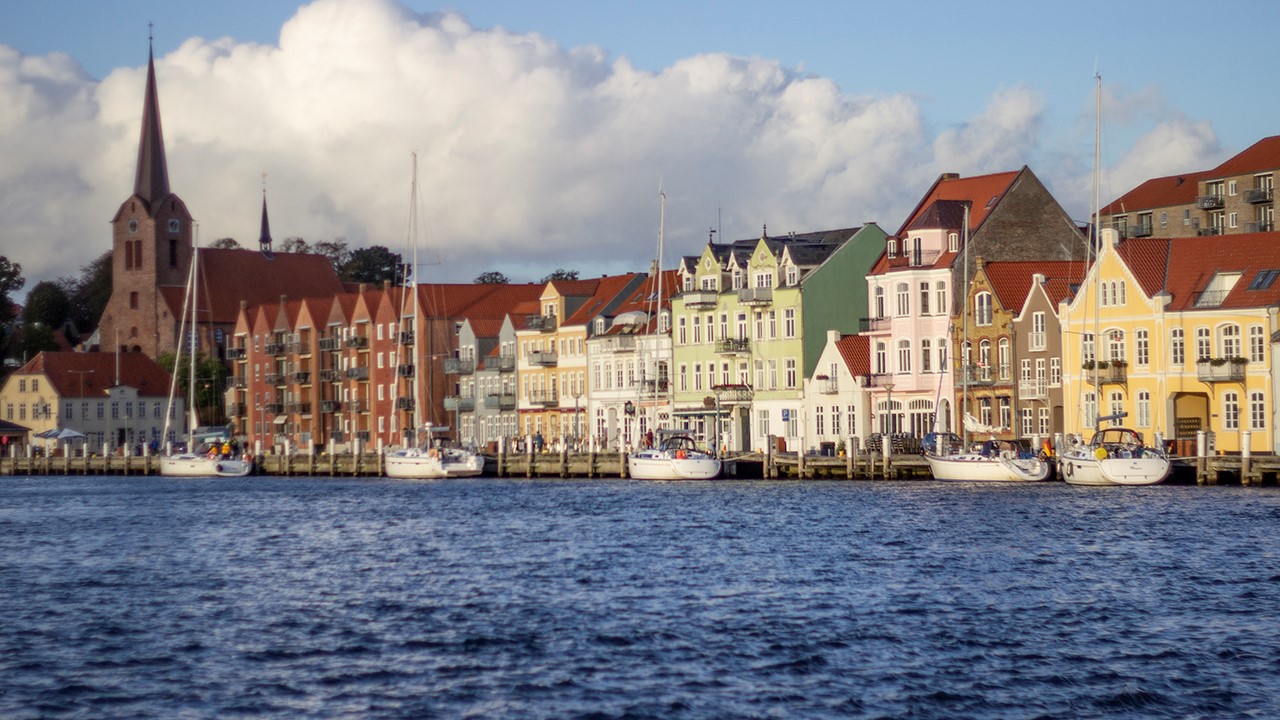
Energy Supply Modelling in cities: A Case Study of Sønderborg Municipality
The demonstration project has developed a model and evaluated scenarios for Sønderborg’s energy system in 2029 in order to identify ways of increasing the efficiency and integration of the system while minimizing CO2 emissions and socioeconomic costs.
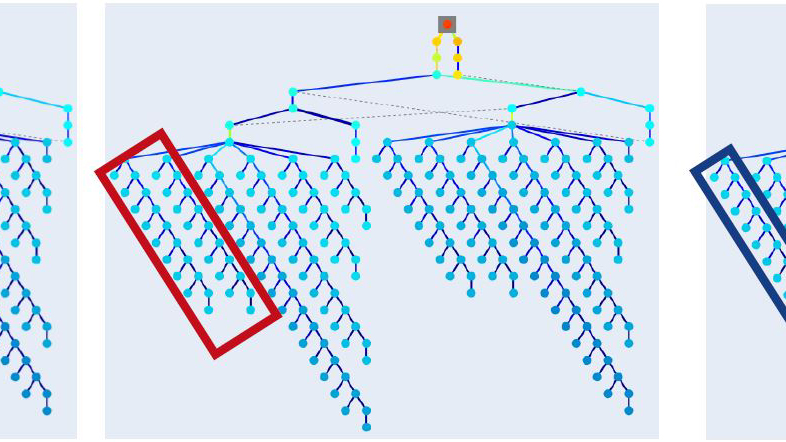
Qualitative invest. of the impact of energy communities on distr. grids
The demo project has made a simple analysis of the impact of energy communities on three different grid layouts: urban, suburban and rural areas of Denmark to estimate consequences of different setups of energy communities on distribution grids.

Smart Meter Data Analytics
The demo case has investigated different approaches to analysis of smart meter data in a way to identify different consumption patterns. The demo case used data from Syd Energi, which had data from about 270.000 smart meters, with 15 minutes to 1-hour resolution and recorded for approximately one year.

Thermal mass for energy storage: Impacts and perspectives on system scale
In this demo case, the CITIES project wants to assess or activate/utilize the thermal energy storage potential of different building archetypes, calculate the potential of thermal mass as a storage component on the system scale and assess the impact of utilizing this storage capacity in the energy system as a whole.

Building Energy Demand Modelling
In this demo case CITIES has developed methodologies for the modelling of energy demand and flexibility potentials for whole districts and cities by classify the buildings in a given area into types and sum up according to the number of each type within the area. CITIES used measured data (from heat, cooling, electricity and gas ) from real buildings in Sønderborg, Denmark, to validate the method.
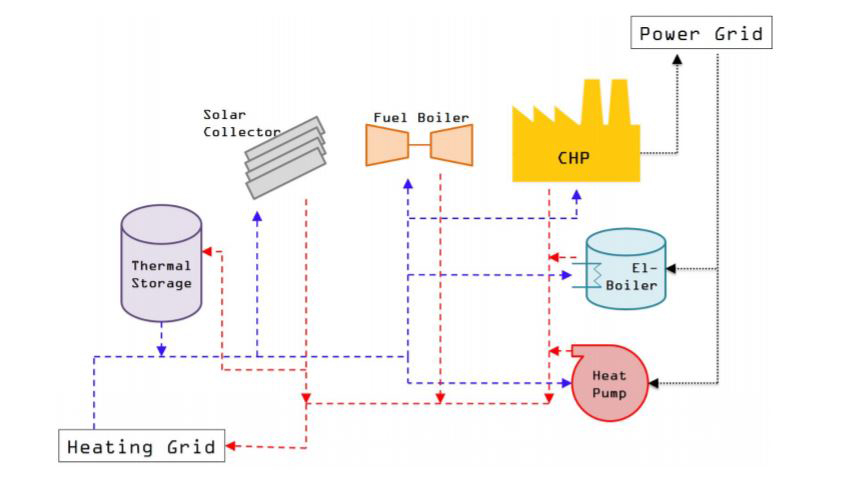
Optimization under uncertainty heat/power production in DH systems
This demo case has developed an optimisation method for the heat and power production planning in district heating systems to apply it to a real-world demo-case.

Energy Supply Modelling in cities: A Case Study of Sønderborg Municipality
The aim of the project is in the first phase to develop a tool for evaluating the provided flexibility, to value the provided flexibility in the economic and CO2 terms, and in the second phase to actively control the electricity consumption of the water utilities and make a proof of concept. By running the equipment, in a flexible way, such as water pumps, the water utilities could provide the flexibility to the energy system overall.

